How to Take Care of an Orchid Indoors: Tips and Tricks
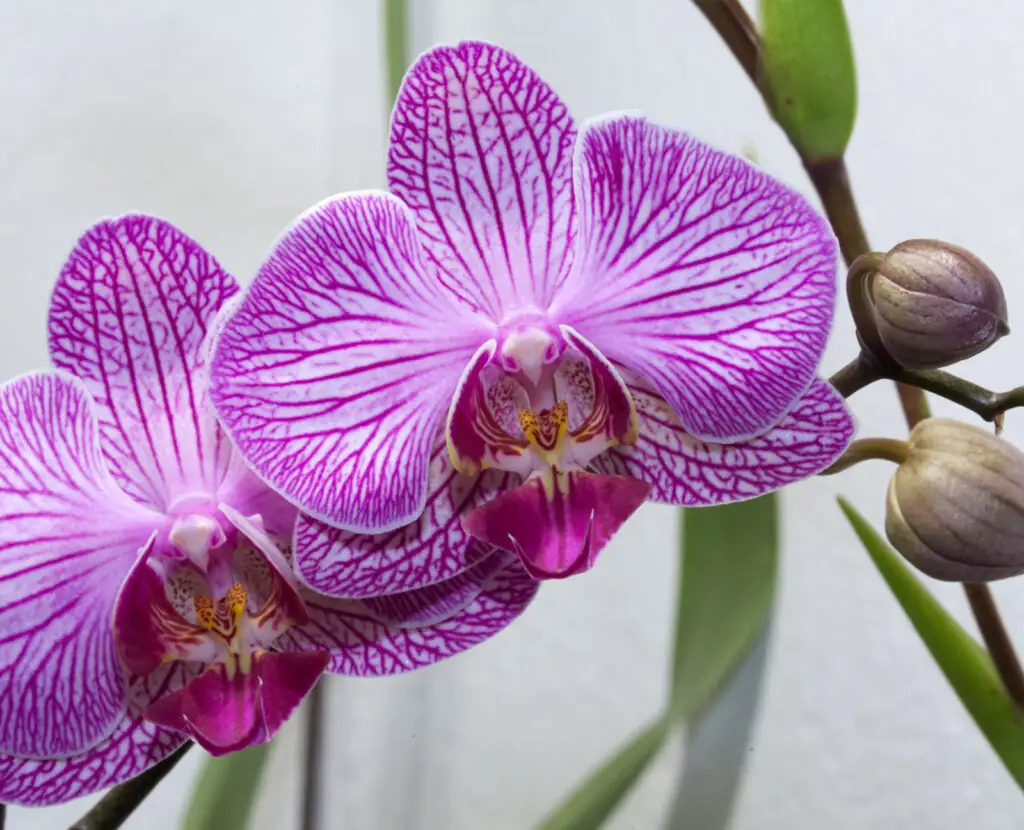
Do you want to know how to take care of an orchid indoors? Have you ever wanted to have a beautiful flower in your home but weren’t sure that you could properly care for it? Orchids are stunning indoor plants that come in a variety of colors and sizes, and they can make a wonderful addition to any home.
With the right care and attention, you can keep an orchid healthy and blooming for years. Taking care of this flower indoors can seem like a daunting task, but it doesn’t have to be. With a few simple tips and tricks, you can learn how to keep your flower thriving indoors.
Whether you’re an experienced orchid grower or a beginner, here are some tips on how to take care of an indoor orchid.
Provide the Right Amount of Light
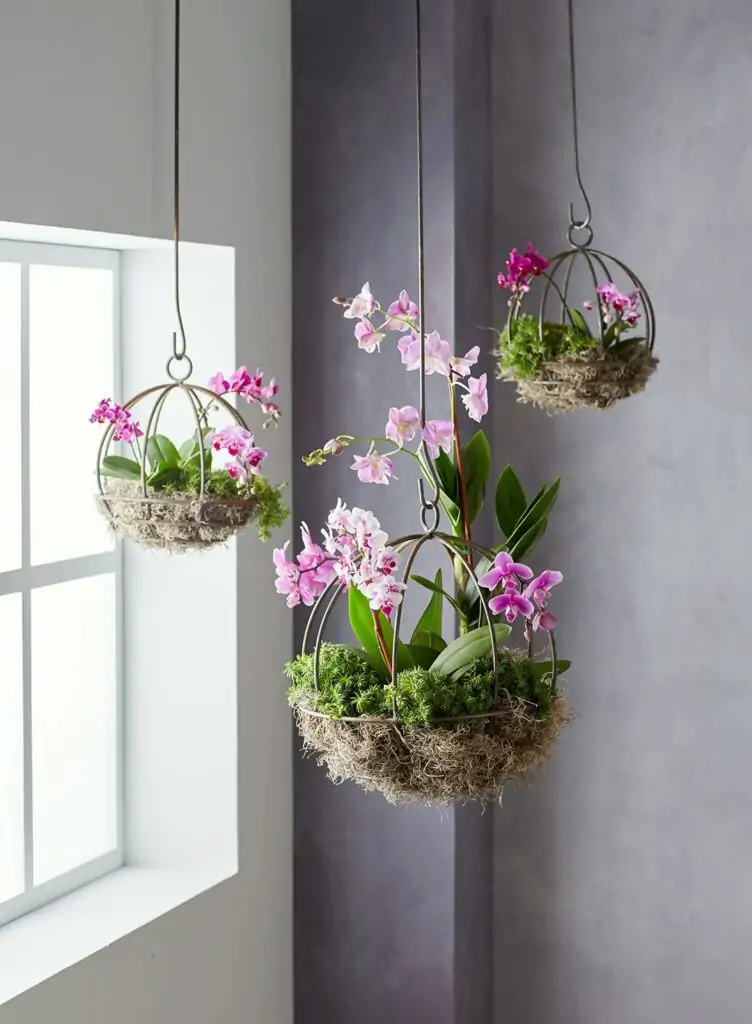
When choosing and placing your orchid, the light should be one of your top considerations. The amount of light the flower receives can have a big effect on its growth and color.
These flowers are tropical plants, and they need light levels similar to those found in their native environment. As a general rule, the more light your flower gets (though not too much), the better. Orchids that get too little light will never bloom.
If your flower lacks light, there are a few things you can do to help it out. You can move it closer to a window that receives bright, indirect sunlight or add horticultural lights. Be sure to choose a light source that mimics the sun as closely as possible, aside from its intensity.
Orchids need a lot of light because they photosynthesize to survive. During photosynthesis, they take light energy from the sun and convert it into chemical energy, which they use to grow.
Without the right amount of light, your flower won’t be able to survive, and if you’re wondering how to take care of an indoor orchid plant properly, that’s the very first thing you should keep in mind.
Maintain the Right Temperature and Humidity
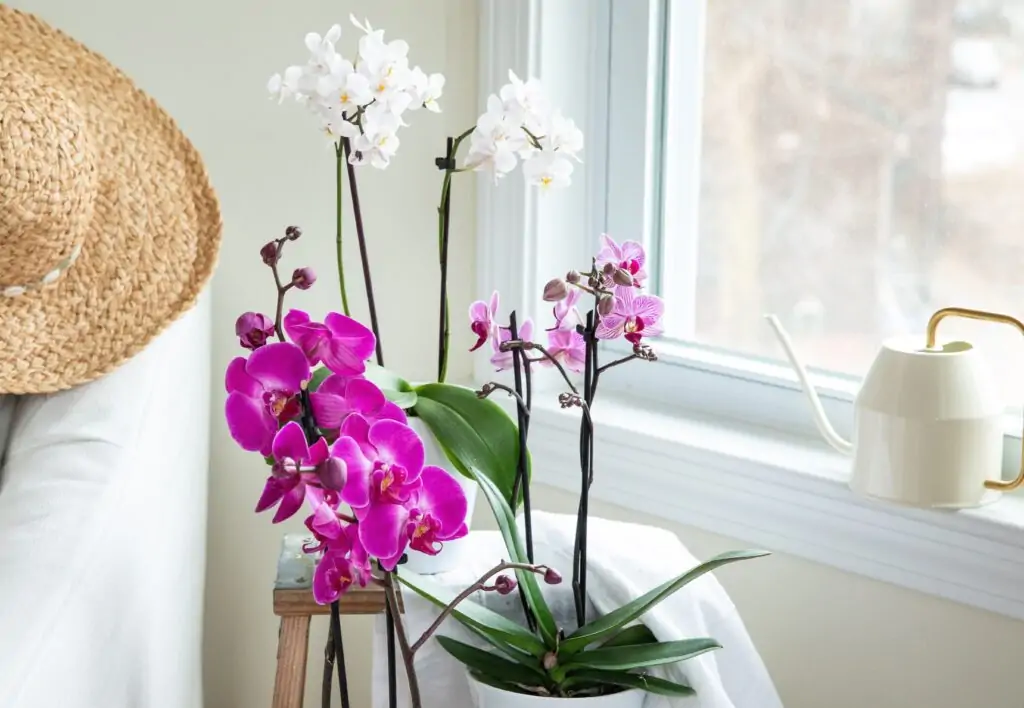
Temperature and humidity are two other crucial factors in the health of your flower. Orchids love a humid environment, so you’ll want to regularly monitor the humidity of your home.
You can do this with a hygrometer, a device that measures the humidity in the air. Most orchids like temperatures between 50 and 90 degrees Fahrenheit (10 and 30 degrees Celsius), and they prefer high humidity from around 40% to 70%.
If you live in a very dry area, you may need to run a humidifier to increase the humidity in your home. When it comes to watering your flower, temperature matters too. Always use room temperature water on your flower, never warm or hot water. If the water you use is warm or hot water, it can damage its roots.
Water Your Orchid Properly
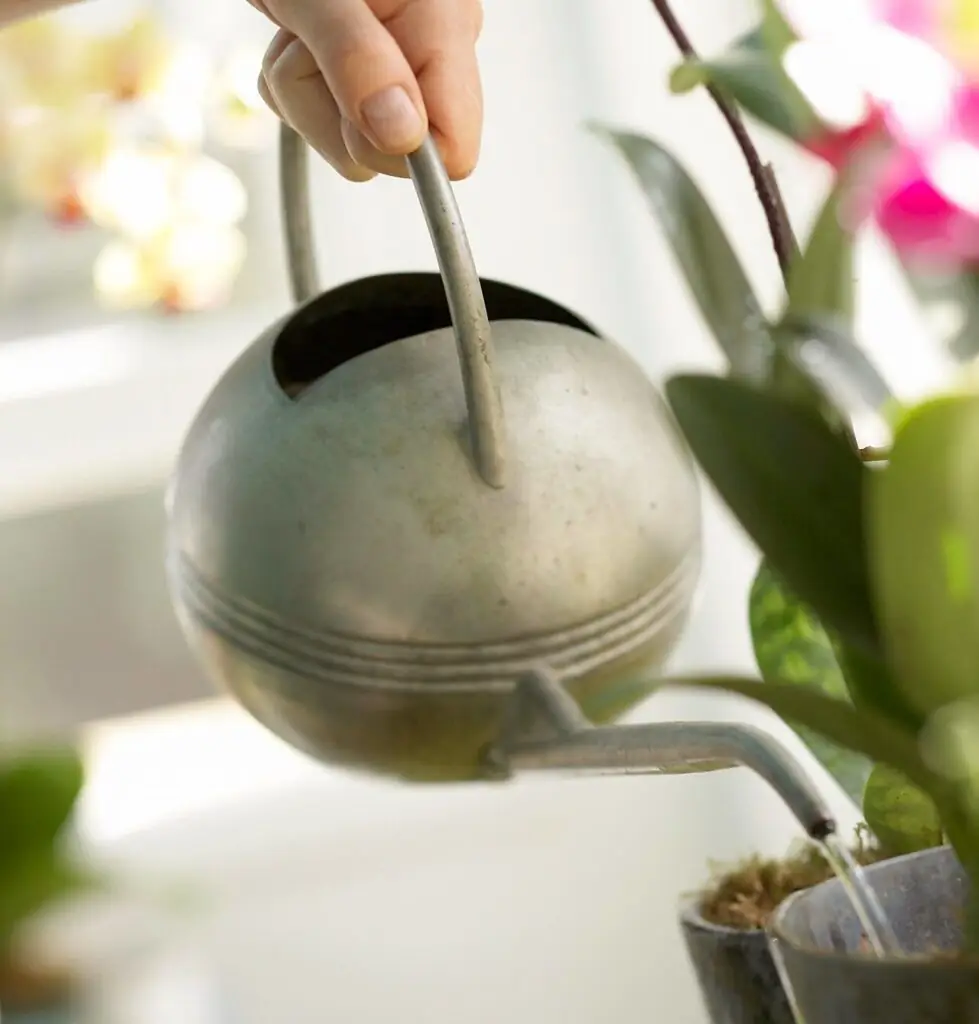
One of the most important tricks for how to take care of your orchid plant at home has a lot to do with watering.
The amount of water your flower needs will depend on the type of orchid you own. In general, your flower needs to be moist but not dripping wet, so you’ll want to water your indoor plant whenever the soil feels dry.
When growing orchids indoors, it’s important to remember that too much water can damage your plant, while not enough water may cause it to wilt or shrivel up.
Orchids require a lot of water, but they don’t like soggy soil. To avoid overwatering your plant, allow the top 1-2 inches of your plant’s potting mix to dry out before watering again. Your flower prefers to be slightly underwatered rather than overwatered. If you water your plant too frequently, the roots will rot.
If your orchid is growing in a pot, you can check the moisture level by sticking your finger about an inch into the soil. If the soil feels moist, you’re good to go. You can also buy and use a special moisture meter to get an even more accurate reading.
Choose the Right Potting Mix
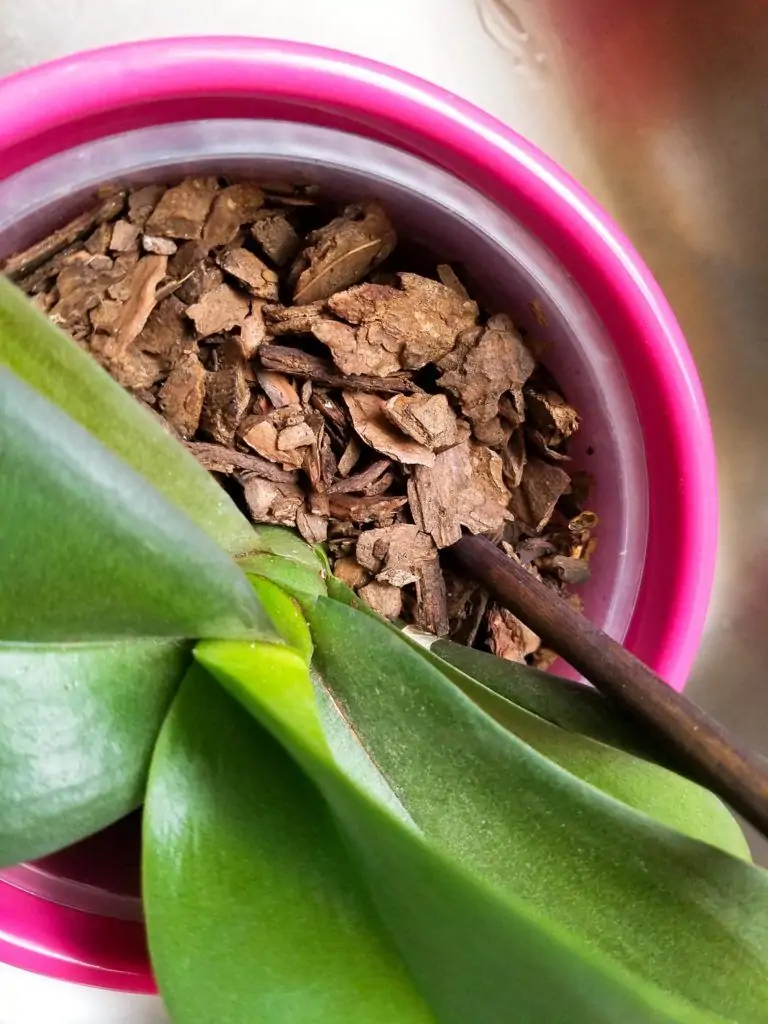
Another great tip on how to look after an orchid plant indoors involves your potting mix. The potting mix you choose to grow your plant in can have a big effect on its health and growth. Most growers have different preferences for the best potting mix, so you may want to experiment with a few different options.
When choosing the right potting mix for your flower, look for a mix that is well-drained and has enough nutrients for your plant to be healthy. Orchids should not be kept in a soil mix that is too dense or moist.
What they most definitely should be kept in is a well-drained potting mix that will allow the water to drain through. An orchid kept in the wrong potting mix can die from root rot, so it’s important not to make a mistake when choosing your potting mix.
The materials that should make up your potting mix should include bark, sphagnum moss, charcoal, and perlite. These healthy ingredients create a potting mix that drains effectively and enables a lot of fresh air to get to the roots of your plant.
Fertilize It Regularly
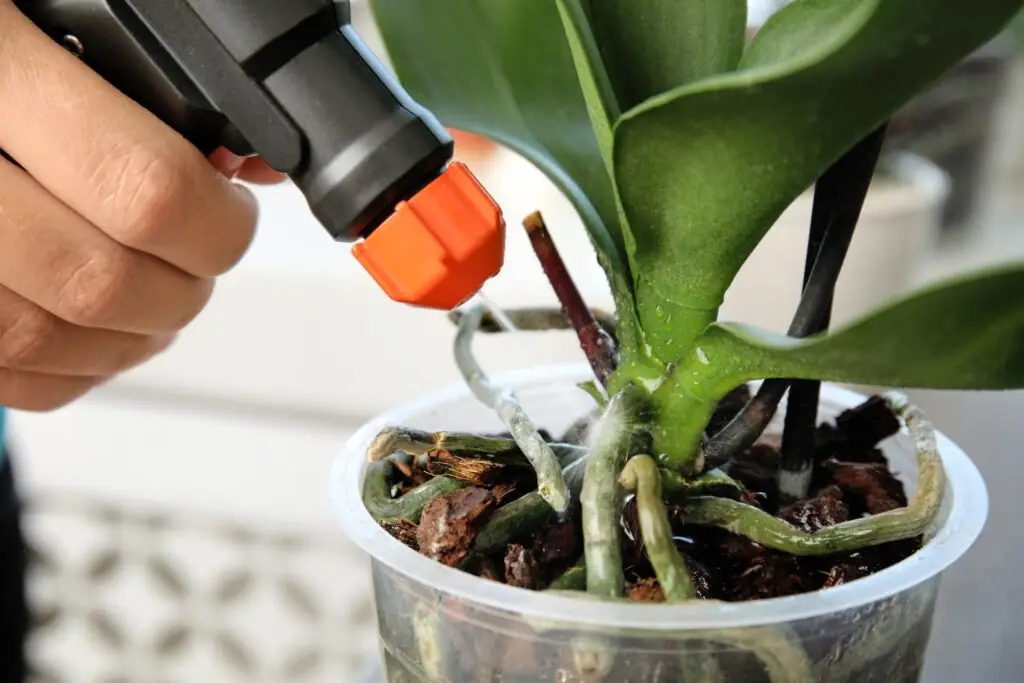
Orchids are hungry plants that will appreciate a healthy dose of nutrients every few weeks. You can use a balanced fertilizer that provides nutrients such as nitrogen, phosphorus, and potassium (NPK). Follow the directions on the label to determine how often and how much you should feed your plant.
Growing your flowers indoors will require a bit more fertilizer than growing them outside. Orchids like to be fertilized every two weeks in the spring and summer months.
If you’re fertilizing your plant during the winter months, you may want to do so only once a month and use a slow-release fertilizer. This will help your flower get the nutrients it needs without being overwhelmed.
Repot Your Orchid when Necessary
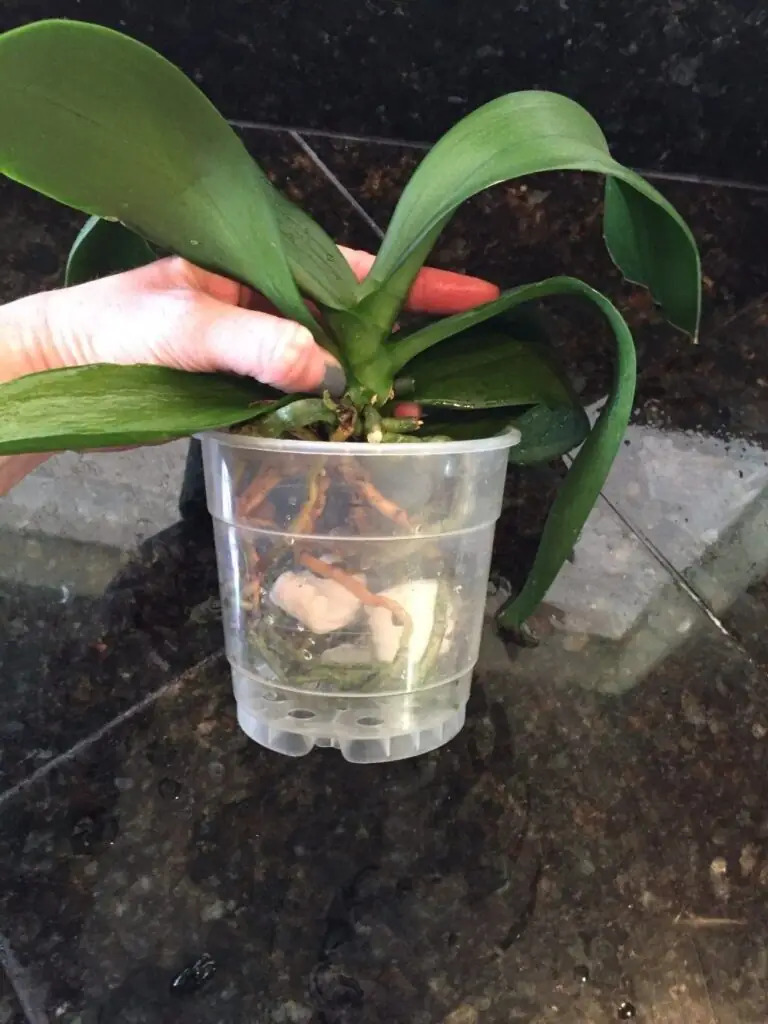
Although many growers keep their orchids in the same pot for as long as two years, others like to repot their orchids every year, which is actually the best way to take care of orchids indoors.
When to repot your flower will depend on the size and health of the plant, as well as the type of orchid you have. Some orchids (such as Paphiopedilum and Phragmipedium) should be repotted every 12–18 months. Other orchids, such as Cymbidiums, should be repotted every year.
You should also consider repotting your plant when it’s actively growing and has outgrown the pot. If you notice that the roots are growing outside the pot, it’s time for your flower to change its home address. You can also repot it if you want to switch to a bigger pot or a different type of potting soil.
If you notice that your plant has stopped growing or has wilted leaves, it’s likely that the roots are too tightly packed in the pot and need to be loosened up. You can then repot your flower in a bigger pot and give the roots some extra space to grow.
Know When to Prune Your Orchid
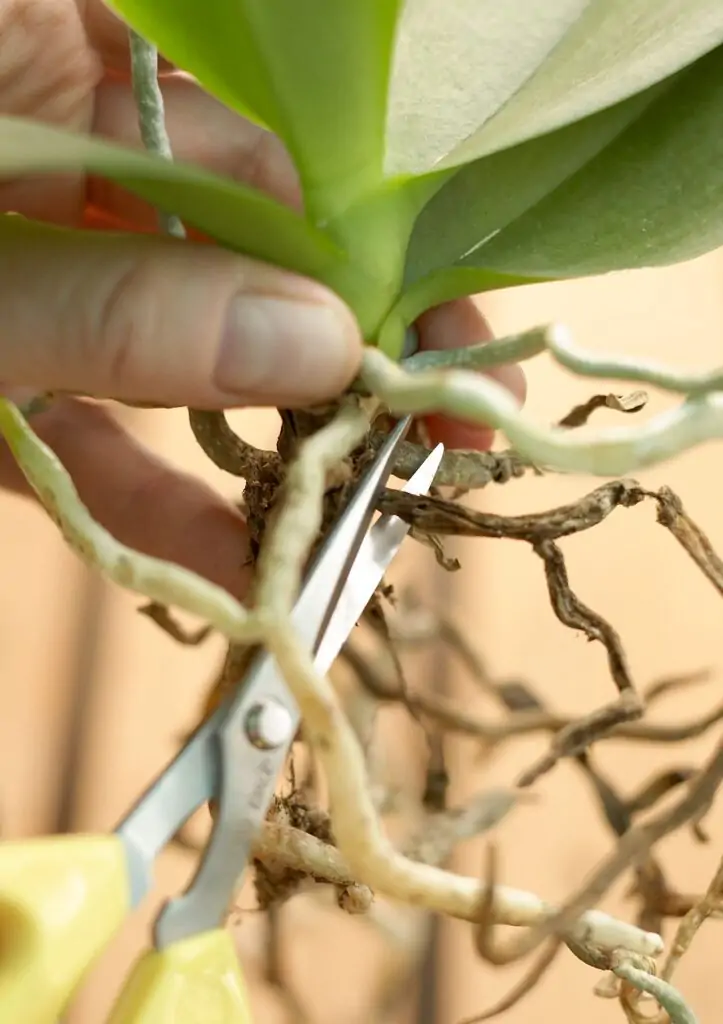
Another important tip on how to take care of an orchid indoors is to monitor its size. If your plants are growing too tall, and all their flowers have fallen off, then that’s the best time to take care of them and prune them. What’s more, you can also prune your plants to encourage branching, which helps increase your orchids’ flowering potential.
When pruning your plant, make sure you’re using clean, disinfected shears. Also, be sure to prune only what is outside the pot. Avoid pruning any active roots, as they are essential to your plant’s health.
Check for Pests and Diseases
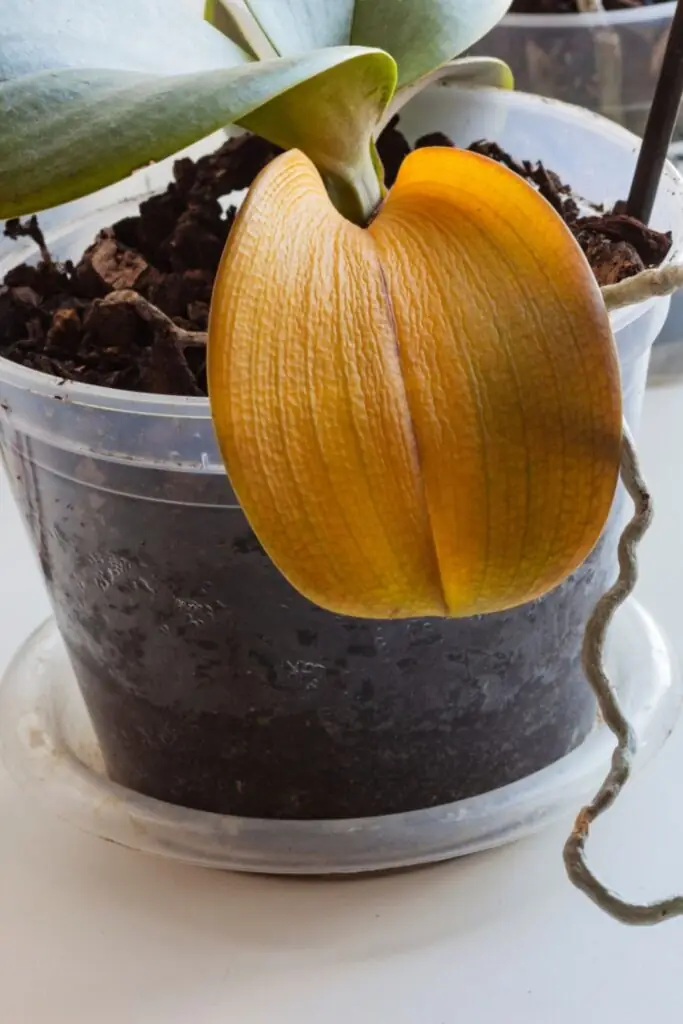
While orchids are generally robust plants, they can sometimes attract pests and diseases. To prevent this, it’s important to inspect your flower regularly for signs of pests and diseases. If your plant is losing leaves or if you notice that your plant has yellow leaves or brown spots, it could be a sign that there is something wrong with it.
Most orchids are susceptible to a variety of pests and diseases, including mealybugs, scale insects, and aphids. The easiest way to deal with them is to remove them with a soft brush.
If pests and diseases become a problem, you can use organic pesticides. Ensure to read the instructions carefully to apply the pesticide correctly.
How to Choose the Right Kind of Orchid for Your Home
If you’ve never grown this kind of vegetation before, you may be wondering how to choose the right kind of orchid to grow indoors, as there are over 25,000 different types of them.
The good news is you can grow nearly any type indoors as long as you provide the right conditions for it to thrive. When choosing which one to grow, you should consider the amount of light, temperature, and humidity the flower requires, and then also consider its size and color.
Orchids come in a wide variety of colors, sizes, and growth patterns, so you should be able to find one that fits your home and lifestyle.
Wrapping up
As you can see, these are some of the major tips on how to take care of an orchid indoors. Orchids are beautiful flowers that can thrive indoors as long as you provide them with the right amount of light, water, and nutrients. If you follow these tips and tricks, you can keep your orchid healthy and thriving for years to come.